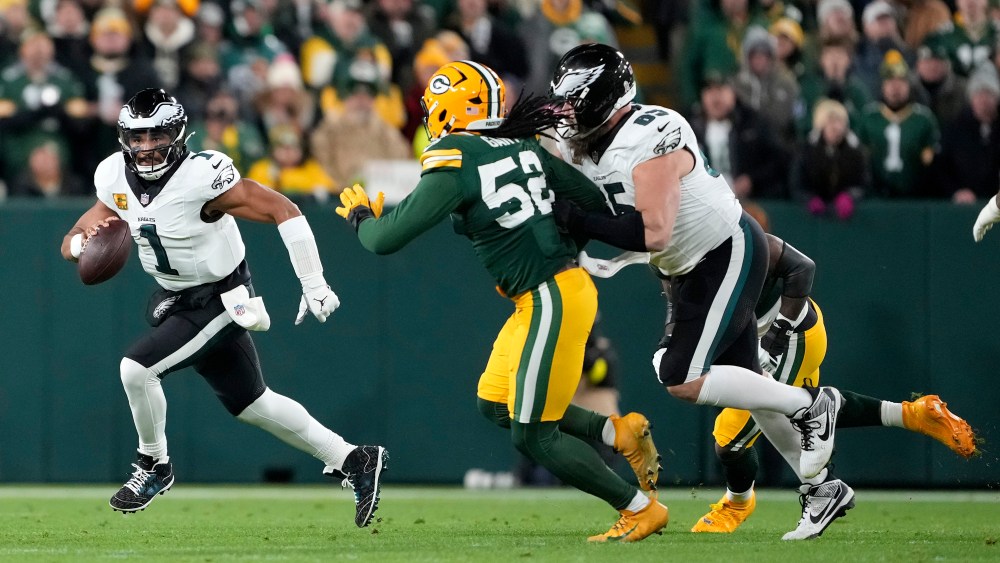Disney is likely feeling the financial pinch due to the continued outage of Google’s YouTube TV on ESPN, ABC, and other networks.
Morgan Stanley analysts say Disney is losing an estimated $30 million a week, or nearly $4.3 million a day, as its network is separated from YouTube TV. The numbers were revealed in a research note from Morgan Stanley equity analysts Benjamin Swinburne and Thomas Yeh, who wrote in their 2025 financial forecast for Disney’s fiscal year-end quarter that “we estimate an additional 14 days of additional impact from the ongoing YouTube TV outage, which would result in a $60 million headwind to revenue.”
November 11th marks the 12th day of Disney’s blackout on YouTube TV. Morgan Stanley analysts expect the dispute between Disney and YouTube TV to be resolved later this week, but write that they estimate that the company’s network’s weekly dark hours on YouTube TV would reduce Disney’s adjusted earnings per share by 2 cents.
Disney is scheduled to report its September 2025 quarter (fourth quarter of fiscal 2025) earnings on Thursday, Nov. 13, before the market opens. Analysts on average expect Disney to report revenue of $22.78 billion and earnings per share of $1.02, according to financial data provider LSEG.
YouTube TV customers have already missed two consecutive weeks of ESPN and ABC’s “Monday Night Football” (Philadelphia Eagles vs. Green Bay Packers on Nov. 10 and Arizona Cardinals vs. Dallas Cowboys on Nov. 3). Not to mention, I’m missing out on two Saturdays of college football and other sports, as well as ABC’s primetime programming, including ABC News’ “World News Tonight” and “Good Morning America.”
Of course, YouTube is no doubt feeling the financial pressure of the conflict, too, given that an unknown number of subscribers have left the service with the loss of ESPN, ABC, and the rest of DisneyNet. A survey conducted last week found that 24% of YouTube TV subscribers said they had already canceled or planned to cancel their service due to the Disney outage. A YouTube representative said, “Subscriber abandonment is always unfortunate, but it has been manageable in the past, and this is not consistent with the findings of this study.”
This Sunday, YouTube TV began warning subscribers about how to manually apply a one-time $20 credit to their accounts due to Disney’s carriage dispute (a move to try to mitigate cancellations).
Disney’s network went dark on its YouTube TV service just before midnight ET on Thursday, October 30, as Disney and Google had a wide gap in their previous contract before it expired. The two companies are fighting over pricing, with Google claiming Disney is seeking unprecedented price increases and Disney countering that Google “refuses to pay a fair price for our channels.”
The battle comes after the August launch of ESPN Unlimited, an all-in standalone streaming package that offers everything from the sports giant in one place. Morgan Stanley’s Swinburne and Yeh said they believe ESPN Unlimited’s debut “went well relative to our modest expectations.” Analysts expect ESPN Unlimited to have about 3 million subscribers by September 2026, with each subscriber generating an effective monthly revenue of $18 to $20. “We estimate that, benefiting from the launch of ESPN Unlimited, ESPN will add approximately $260 million in subscription revenue in fiscal year 26,” the analysts wrote.
Morgan Stanley’s outlook does not include Disney’s pending proposed deal that would give the NFL a 10% stake in ESPN valued at $2.5 billion.
YouTube TV is estimated to have more than 10 million subscribers, making it the largest virtual pay-TV provider in the United States and the third-largest provider overall behind Charter and Comcast. Disney’s recently merged Hulu + Live TV and Fubo have nearly 6 million subscribers in North America.
Photo above: Philadelphia Eagles QB Jalen Hurts (No. 1) scrambles against the Green Bay Packers during the “Monday Night Football” game at Lambeau Field on Nov. 10, which aired on ABC and ESPN.

